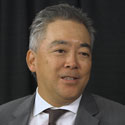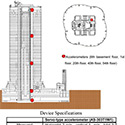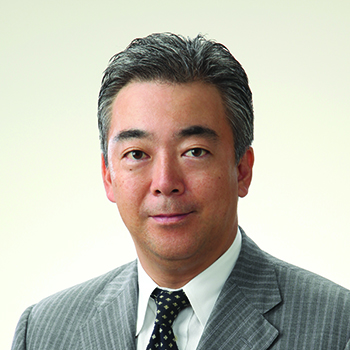Filter by
You must be a CTBUH Member to view this resource.
Roppongi Hills Mori Tower
Building
Completed, 2003
106-0032
office
composite
238.1 m / 781 ft
54
6
2450
41
380,105 m² / 4,091,416 ft²
You must be a CTBUH Member to view this resource.
You must be a CTBUH Member to view this resource.
Proposed
Construction Start
Completed
Usually involved in the front end design, with a "typical" condition being that of a leadership role through either Schematic Design or Design Development, and then a monitoring role through the CD and CA phases.
You must be a CTBUH Member to view this resource.
Usually involved in the front end design, with a "typical" condition being that of a leadership role through either Schematic Design or Design Development, and then a monitoring role through the CD and CA phases.
Usually takes on the balance of the architectural effort not executed by the "Design Architect," typically responsible for the construction documents, conforming to local codes, etc. May often be referred to as "Executive," "Associate," or "Local" Architect, however, for consistency CTBUH uses the term "Architect of Record" exclusively.
The Design Engineer is usually involved in the front end design, typically taking the leadership role in the Schematic Design and Design Development, and then a monitoring role through the CD and CA phases.
The Design Engineer is usually involved in the front end design, typically taking the leadership role in the Schematic Design and Design Development, and then a monitoring role through the CD and CA phases.
The main contractor is the supervisory contractor of all construction work on a project, management of sub-contractors and vendors, etc. May be referred to as "Construction Manager," however, for consistency CTBUH uses the term "Main Contractor" exclusively.
Material Supplier refers to organizations which supplied significant systems/materials for a building project (e.g. elevator suppliers, facade suppliers, etc).
Inaugural Japan Symposium Rises to the Occasion in Tokyo
22 May 2015 - Event

18 October 2016 | Tokyo
The Space Between: Urban Spaces Surrounding Tall Buildings
This presentation was intended to introduce the upcoming CTBUH technical guide titled "The Space Between," which investigates the importance of publicly accessible spaces surrounding tall...

28 October 2019
The Future of Sustainable Cities and How Tall Building Urbanism has Evolved
James Parakh, City of Toronto Planning Division
In the past 50 years, tall buildings and their relationship to streets and open spaces has evolved through various scales and typologies. As place-makers, how...

18 October 2016 | Tokyo
The Space Between: Urban Spaces Surrounding Tall Buildings
This presentation was intended to introduce the upcoming CTBUH technical guide titled "The Space Between," which investigates the importance of publicly accessible spaces surrounding tall...

12 November 2015 | Tokyo
Hiroo Mori, Director and Executive Vice President, Mori Building, is interviewed by Chris Bentley regarding the work of the late Minoru Mori, the winner of...

27 October 2015 | Tokyo
Hiroo Mori of Mori Building is interviewed by Chris Bentley during the 2015 CTBUH New York Conference at the Grand Hyatt New York. Hiroo discusses...

28 October 2019
The Future of Sustainable Cities and How Tall Building Urbanism has Evolved
In the past 50 years, tall buildings and their relationship to streets and open spaces has evolved through various scales and typologies. As place-makers, how...

01 September 2017
Rapid Diagnosis Systems Using Accelerometers in Seismic Damage of Tall Buildings
Installing accelerometers in a building is an effective way to know how the building shakes when an earthquake happens. In this paper, we will introduce...

20 May 2015
The Vertical Garden City Grows Into the 21st Century
As host of the 2020 Summer Olympics, Tokyo is undertaking a major redevelopment effort, giving long-planned projects new energy under the political impetus of the...
Subscribe below to receive periodic updates from CTBUH on the latest Tall Building and Urban news and CTBUH initiatives, including our monthly newsletter. Fields with a red asterisk (*) next to them are required.
View our privacy policy